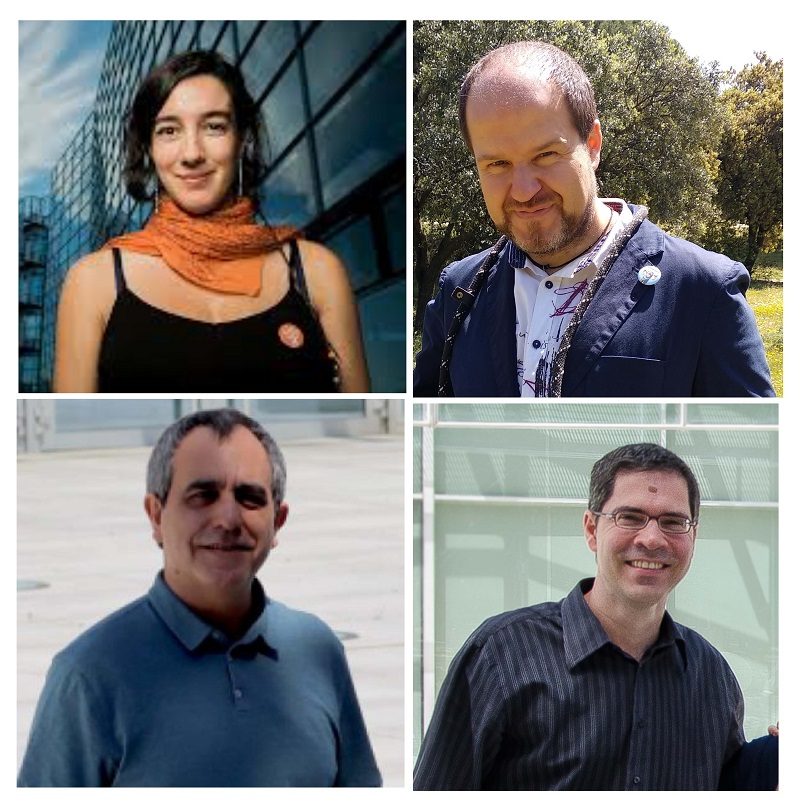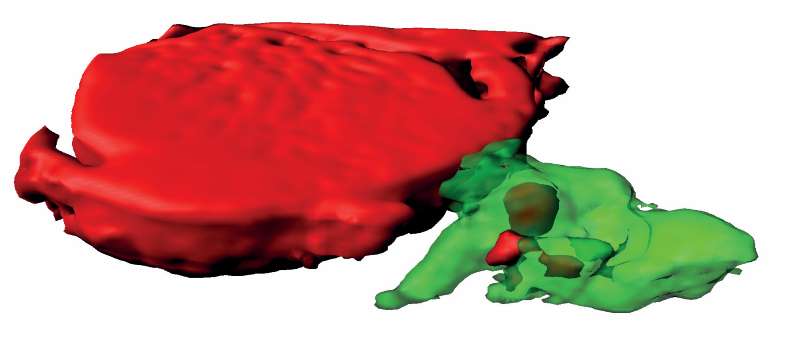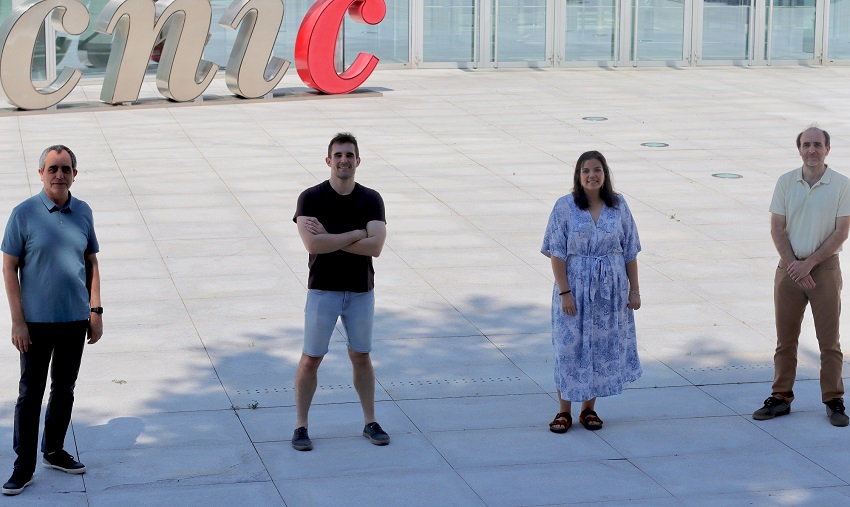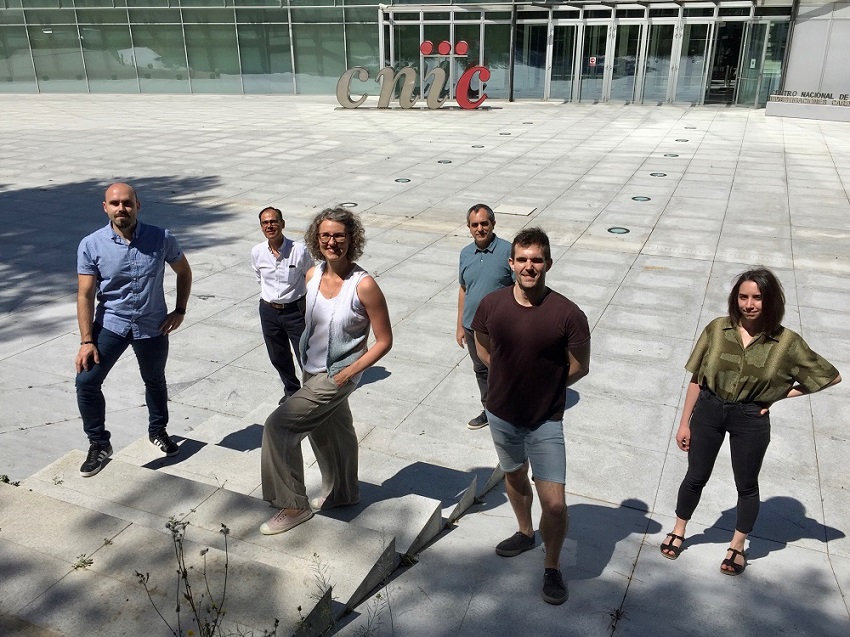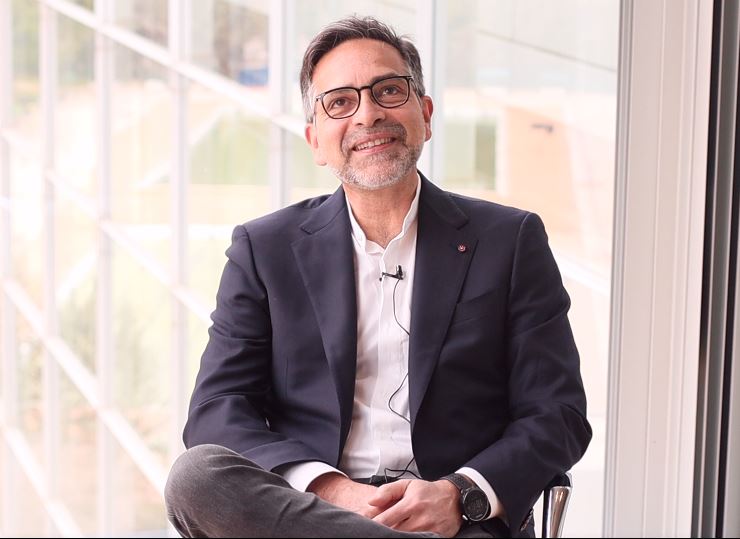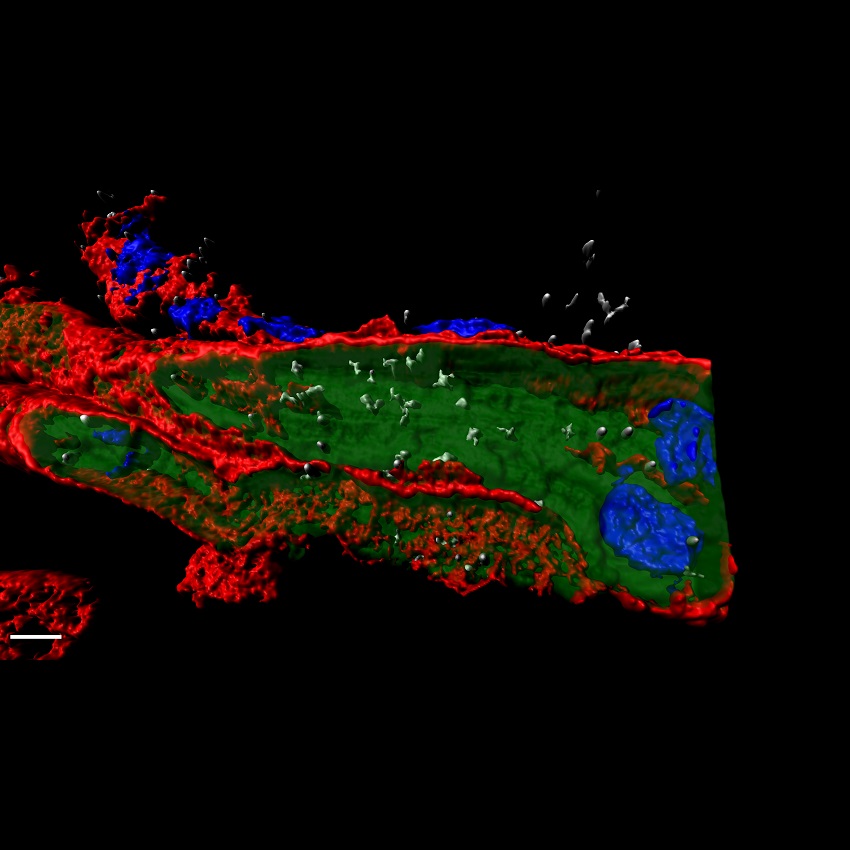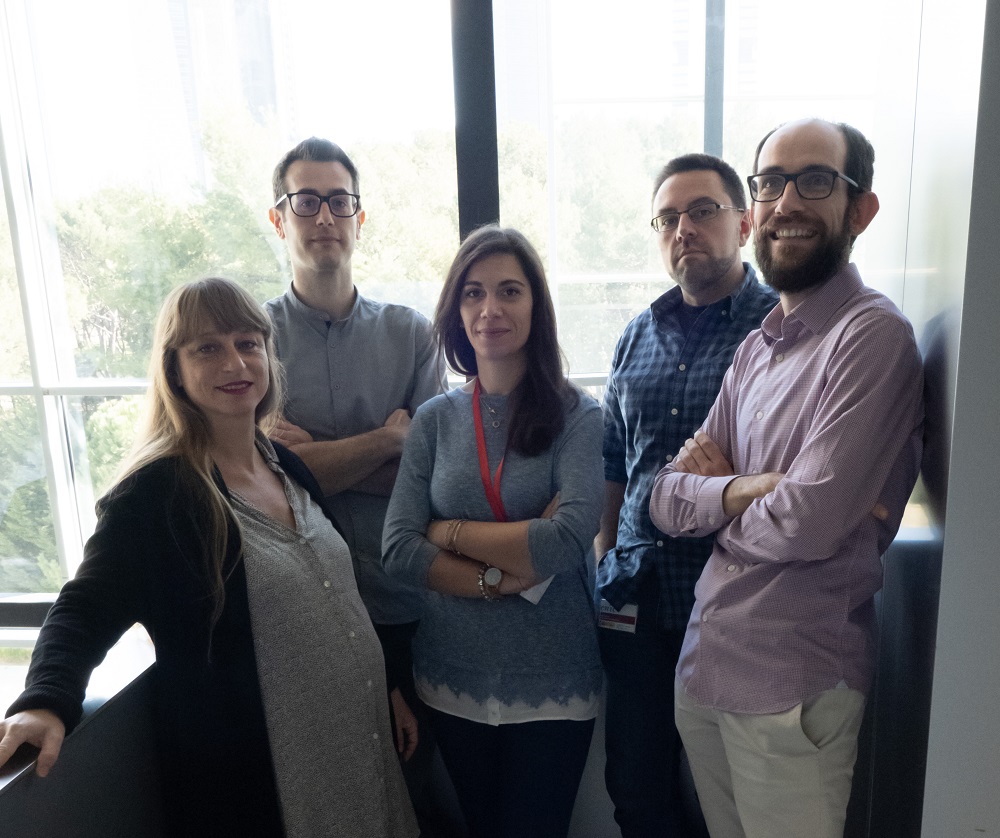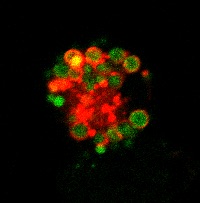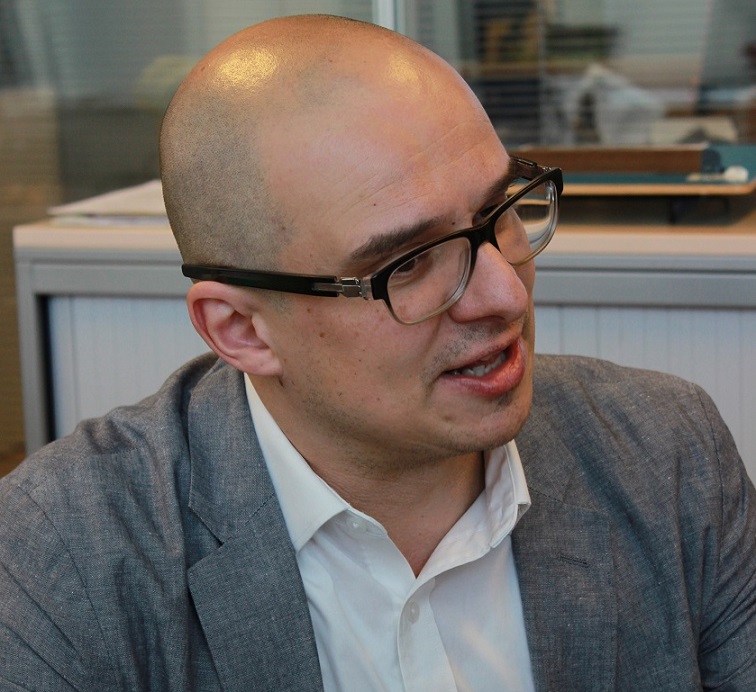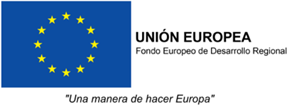News search
|
Research 17 Sep 2020 The results published in Nature Metabolism could be useful to design new treatments for the obese and overweight, and for some associated pathologies, including fatty liver disease and type 2 diabetes |
|
Research 16 Sep 2020 The study published in Cell shows that macrophages, a type of immune cell, help cardiac cells to get rid of their waste material, and that this maintains the metabolic and contractile properties of the heart |
|
Research 30 Jul 2020 The study, published in Nature, shows that sodium controls hypoxic signaling in the mitochondrial respiratory chain |
|
Research 25 Jun 2020 The regulatory protein SCAF1 enables mitochondria to adapt to the available nutrient source of sugars, fats, or proteins |
|
Research 29 May 2020 The researcher Alejandro Sánchez Alvarado is one of the greatest experts in the study of the mechanisms involved, cellular and biological, in regeneration in the planaria model |
|
Research 4 May 2020 The study shows that the replication of flu virus particles infecting the heart blocks the transmission of cardiac electrical impulses |
|
Research 28 Apr 2020 CNIC scientists, working with international partners, have developed a new experimental mouse model that allows them to study how cells sense, interpret, and generate mechanical forces |
|
Research 3 Apr 2020 Published in Nature Communications, the study suggests that it may be possible to regulate the number and activity of these macrophages with drugs that modulate the nuclear receptor RXR |
|
About the CNIC 28 Feb 2020 Dr. Filip Swirski is associate professor at Harvard Medical School and Massachusetts General Hospital (USA) and one of the leading experts on the relationship between sleep and heart disease |
- ‹ previous
- 14 of 29
- next ›
